

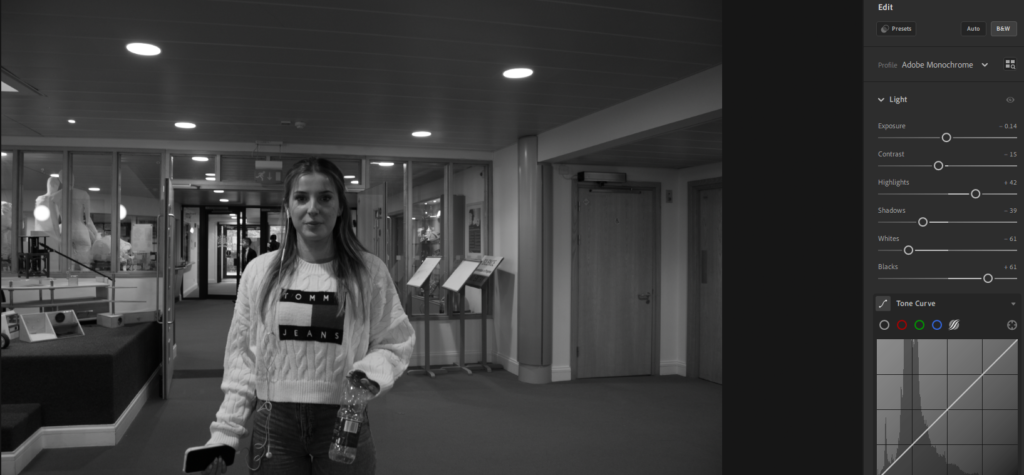

This is a photoshoot I did in school based around environmental portraits. Then, I edited them in Lightroom.




This is a photoshoot I did in school based around environmental portraits. Then, I edited them in Lightroom.

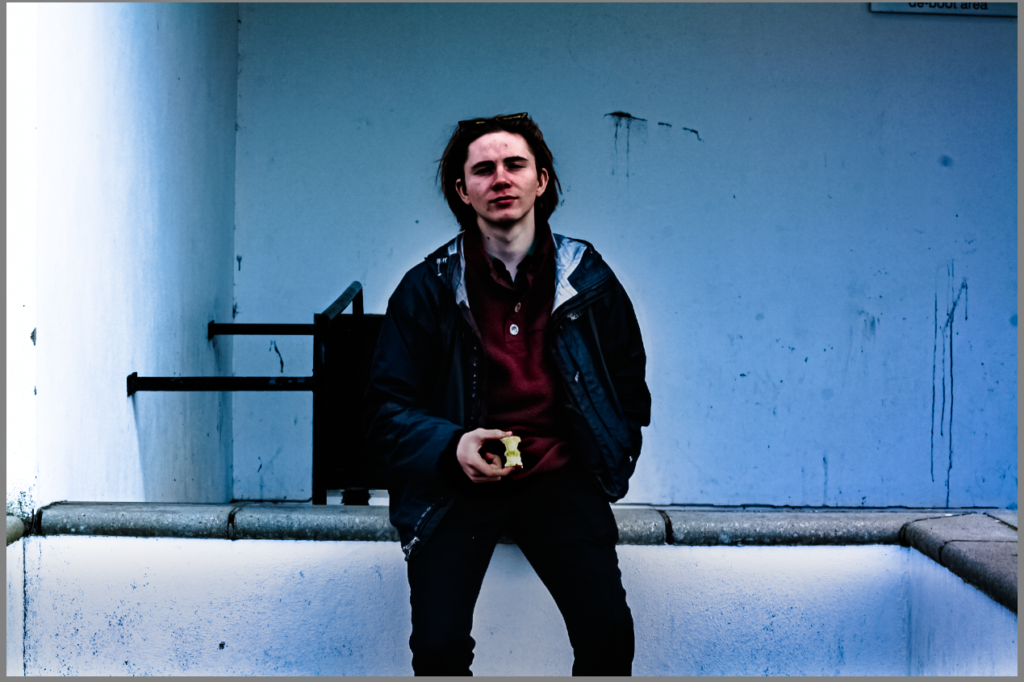



I plan to shoot various people I see in my daily life over the next week or so, including (but not limited to)
Some of these are more easily achievable than others, so I probably won’t end up photographing all of them, but I should end up with some interesting results.

For the photograph of Allen, who coaches me at BoxinBusiness Jersey, I could attempt to take something similar to their promotional material, such as this image above from their website, or a photograph of him standing in front of one of his classes as they train behind him.
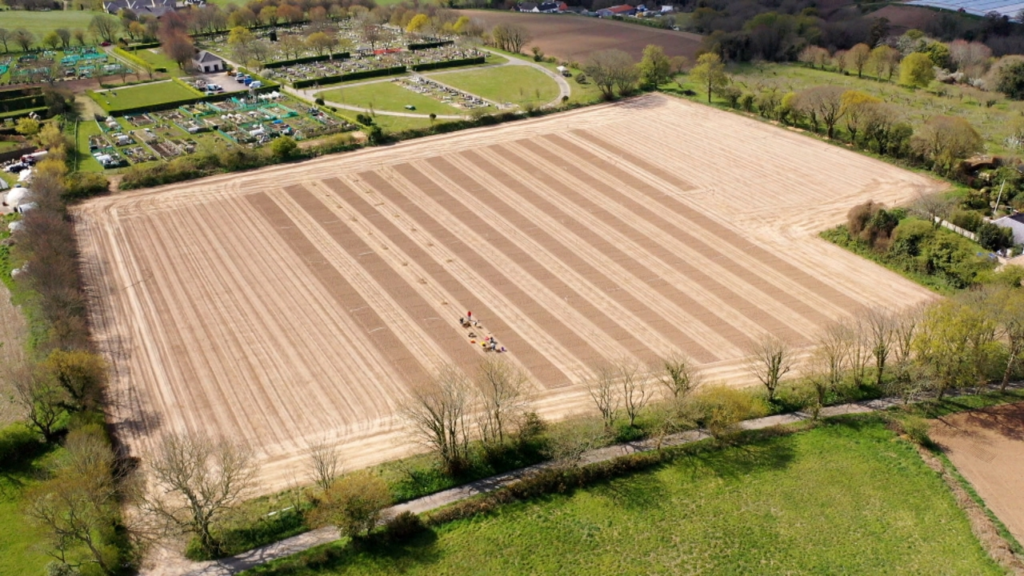
This is the field where Grow Jersey is based, and I could take some images of the other people tending the fields there, but I most likely won’t see many people when I go down on Wednesday, other than Dave, one of the people in charge of the project.

I could photography my brother while he’s at work, at Motor Mall. I think the compositions I could end up with sound pretty interesting, as there’s plenty of colourful cars and it’s a large area of land.
I might be able to photograph friends while we’re out to see what we could come up with, but that would have to be more of a side project, as I don’t often carry my camera.
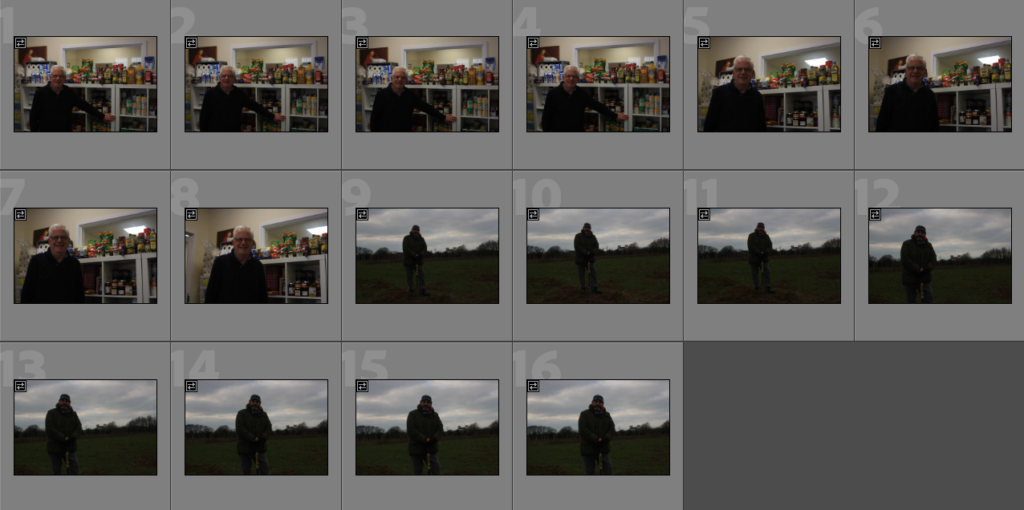
While working through one of the busier days of the week, I found a little time to take some quick photos of the different people that I work with at GROW Jersey and Saint Vincent de Paul Food Bank. I only had the time to do very quick shoots, so I only took about 16 good images, but I think they’re enough for this project.

I filtered out the photos that were blurred, out of focus, or too dark to edit. There was only one image that this was a proper issue with, the rest had very minor motion blurs or something of that sort.

After giving each image a star rating and colour code, I started editing. I wanted to experiment with black and white for images 6 onward, referencing one of Paul Heartfield’s pieces shown to us in class.
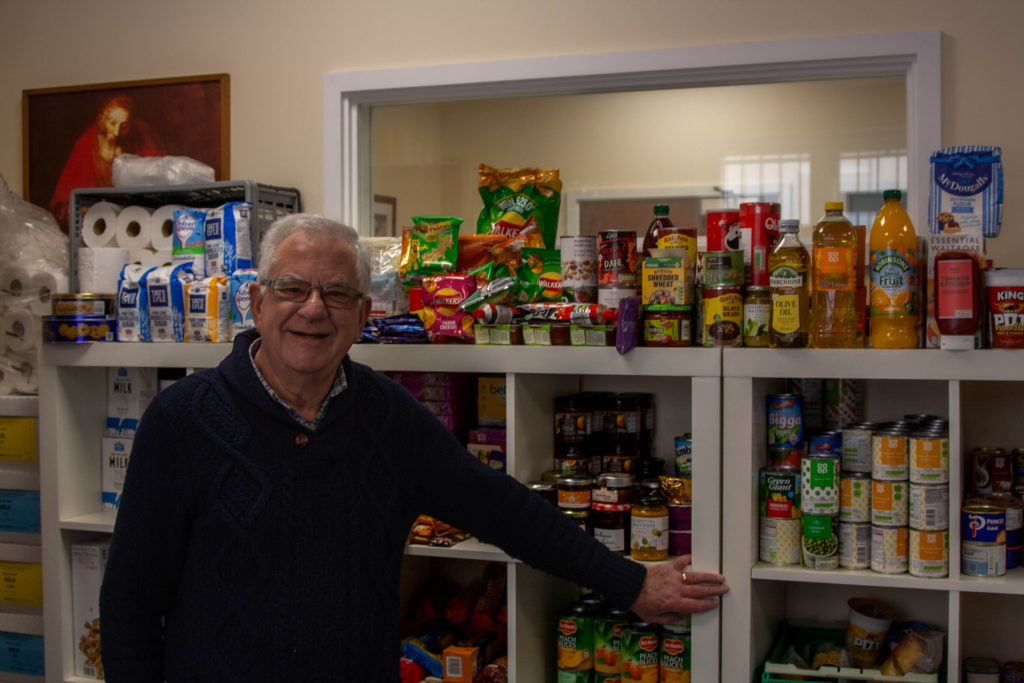
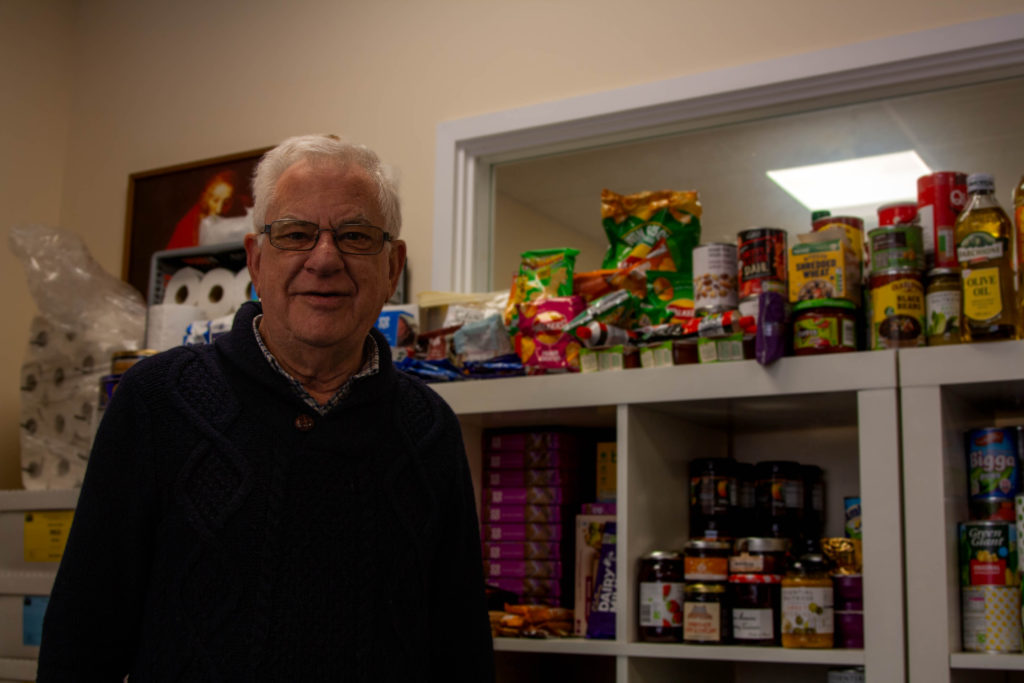

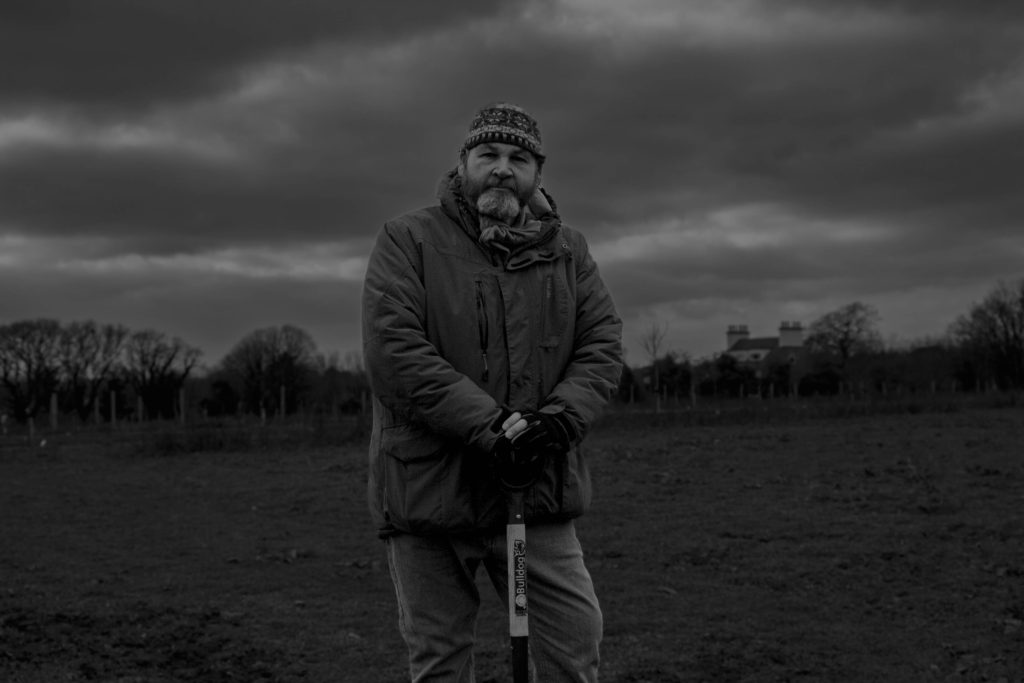
These four were the results of this shoot, editing two from the food bank and two from GROW.


After looking back at the reference, Heartfield’s image contains a lot more lighter tones, which makes the final result more eye-catching to a viewer. Otherwise, the two photos have very similar compositions, on some kind of farmland/grassy field with a relatively elderly man resting his hands on a tool of some kind.
The man from my photograph, Dave, does work up at GROW Jersey, a horticultural project set up by THRIVE, a mental health charity, that aims to get people more involved with nature for their own physical and mental wellness. I’ve been doing work up at GROW for the past month or two, helping rebuild things from recycled materials, maintaining the land, and moving loads.

The man from this image is Peter, from the Saint Vincent de Paul food bank standing in front of some of the supplies they have there. I’ve also been doing volunteer work there since around the start of this year, just organising the shelves and sorting out people’s orders for hygiene and food packs.
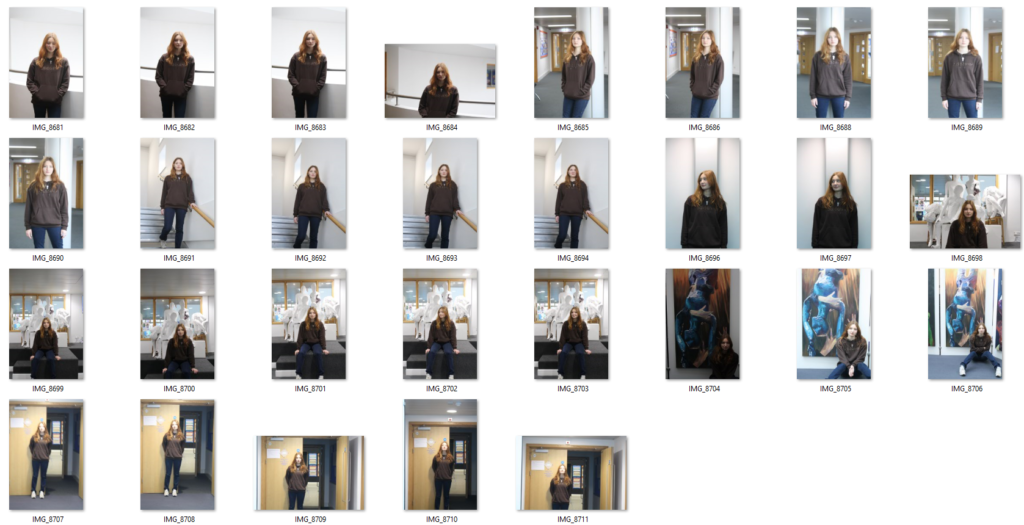
We took these images around the school and although there are a few strong ones, I think that the majority of them are not worth editing. They are either blurred due to incorrect aperture or not posed in the way that I would have wanted.
I have edited a few and these have been included below.




Where: Ryan Hervé’s board workshop
When: Monday 6th March, early afternoon
What/who: Ryan Hervé, a surfboard maker, producing his boards to sell
How: Using a tripod and the lighting that is used in the shaping room and other rooms
Jill Greenberg (American, b.1967) is a photographer known for her Fine Art works and portraits. She was born in Montreal, Quebec, but grew up in Detroit, MI. In 1989, she graduated from the Rhode Island School of Design with a BFA in Photography. She then moved to New York to start her photography career. In 2000, Greenberg moved to Los Angeles. Greenberg is credited with creating a new photography style which is described as distinctive ethereal backlighting. Greenberg herself has stated that she uses digital post production, which has earned her the nickname “The Manipulator.” Greenberg is a very in-demand photographer.
She is known for her portraits and fine art work that often features anthropomorphized animals that have been digitally manipulated with painterly effects.



This photographer caught my eye because of the colourful lights and the highlights on the models face, in my opinion the images look like heat mat due to the colour choices and it makes the images so much more appealing and eye catching.
Greenberg uses continuous lighting to capture her images.
Camera Obscura:
The “Camera Obscura” is a darkened room with a small hole or lens at one side and it is used to project an image onto a wall, like a modern day projector. This method was called “Pinhole photography”, which has been used since the 1550’s and it was used mostly for drawing and painting, this concept was later developed into the Camera.

Light from an external scene passes through the hole and strikes a surface inside, where the scene is reproduced, inverted and reversed, but with colour and perspective preserved. The Camera Obscura was actually made to study solar eclipses without damaging your eyes from looking at the sun.
Nicéphore Niépce:

Nicéphore Niépce was a French inventor who is the Inventor of Photography. In 1826, he invented the technique “Heliography”, the precursor to the Daguerreotype. He used the technique to take the first photograph ever called “View from the Window at Le Gras”:

Louis Daguerre:
Louis Daguerre was a French artist and photographer who invented the “Daguerreotype” in 1939 and developed the Diorama theatre.

The “Daguerreotype” was a tool used to help print images in physical form, the method was to polish a metal sheet of silver-plated copper and treat it with fumes to make the sheet light sensitive and exposing it to a latent image for usually a few seconds for bright photos and longer for darker photos, once the photo comes out you then fume it with mercury vapour. The dark parts of the image would turn out silver, making the bright parts stand out by the contrast.
The photos would turn out looking something like this, these are called positives:

Henry Fox-Talbot:
Fox Talbot was an English member of parliament, scientist, inventor and another pioneer of photography. He wanted to develop the three primary elements of photography: developing, fixing, and printing.

Accidentally, he found out that there was an image after the short exposure. To view it in bright light, he used a different chemical to remove the silver film. This could be done by using his invention called the “Calotype”:

Robert Cornelius:
Robert Cornelius was an American photographer and pioneer in the history of Photography, he took the first photograph in the US by using a photographic plate he made in 1839. The photo was an image of himself, making it the first self portrait in the US too:

He wanted to improve on the daguerreotype, so he made his own plate and took this portrait outside his family store and it required him to sit still for 15 minutes for it to produce.
Julia Margaret Cameron:
Julia Cameron was a well known British Photographer. She did lots of soft-focus close up pictures and portraits of Victorian men, women and children and is deemed “One of the most important portraitists of the 19th century” and is one of the early Photographers in lighting.

Her photos had many connections to Pictorialism and the Pre-Raphaelites movement.
Here are some of her photos:
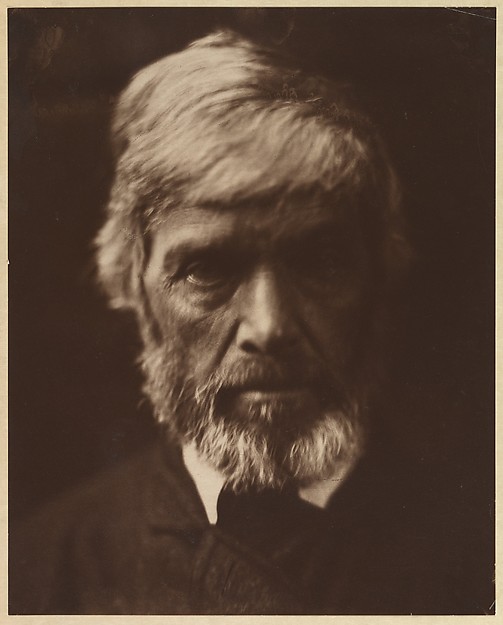



Pictorialism was an approach to Photography that emphasizes the beauty of subject matter, tonality and composition rather than the documentation of reality. Began in the 1860’s, it viewed the camera as a tool for making an artistic statement, similar to a paintbrush.
Henry Mullins:
Henry Mullins was a photographer who set up a studio called “The Royal Saloon” in Jersey 1848. His speciality was “cartes de visite” photos which was a type of small photograph. He would use these to take portraits of families and officers:




Bibliography:
Camera Obscura: https://en.wikipedia.org/wiki/Camera_obscura
Nicéphore Niépce: https://en.wikipedia.org/wiki/Nic%C3%A9phore_Ni%C3%A9pce
Louis Daguerre: https://en.wikipedia.org/wiki/Louis_Daguerre
Henry Fox-Talbot: https://en.wikipedia.org/wiki/Louis_Daguerre
Robert Cornelius: https://en.wikipedia.org/wiki/Robert_Cornelius
Julia Margaret Cameron: https://en.wikipedia.org/wiki/Julia_Margaret_Cameron
Henry Mullins: https://www.theislandwiki.org/index.php/Henry_Mullins
Contact Sheet

Image Selection

Image Editing




This image makes me feel intimidated as the mans pose displays him as powerful and the use of light positioning to create shadows on his face portrays him as cruel and spiteful making the audience feel uneasy. The dim lighting also creates an eerie and dark feeling to the image with the writing on the pillars implying that there are some unknown stories and secrets hidden within this image.
In the background we can see what looks like a train and rails making me question what sort of role he had in a place like this and following further research I found out that the man was a German industrialist that was a convicted war criminal. Alfred Krupp’s business was using almost 100,000 slave labourers from concentration camps to manufacture arms for the Nazis under terrible working conditions. This caused many deaths from exhaustion, hunger, neglect and malnourishment. Krupp was surprisingly interested by the work of Arnold Newman, a Jew, despite his obvious hateful views. This lead the New York based magazine Newsweek to commission Newman to take Krupp’s portrait. He originally refused on a moral basis however he changed his mind when he realised he could create an image that would represent the evil that he harboured and the pain and misery that Krupp was responsible for.
This context explains the use of a downwards camera angle, which contrasts the power we originally sensed. This is to present how Arnold was looking down on Krupp, positioning the viewer to be higher up then him potentially symbolising the fact that now that Krupp has no power and authority over the Jewish people and Arnold Newman is taking back that power.